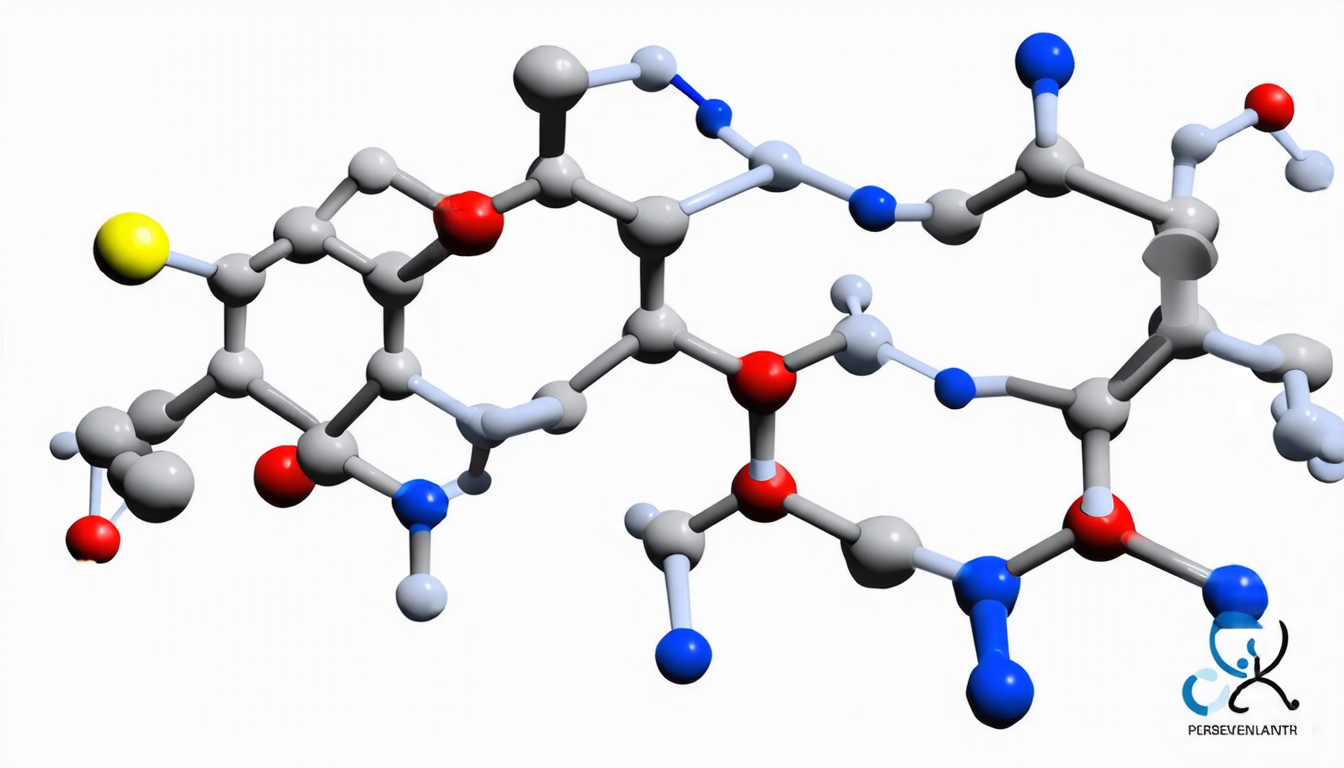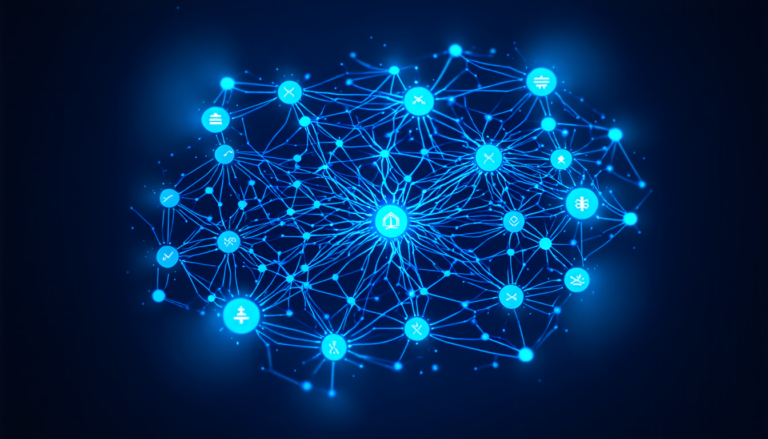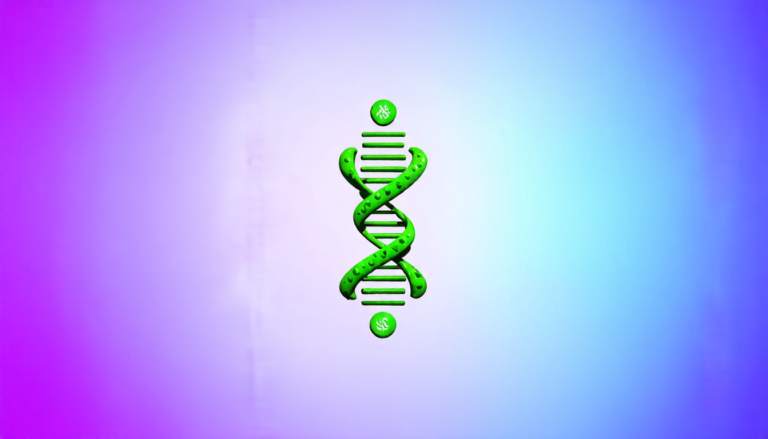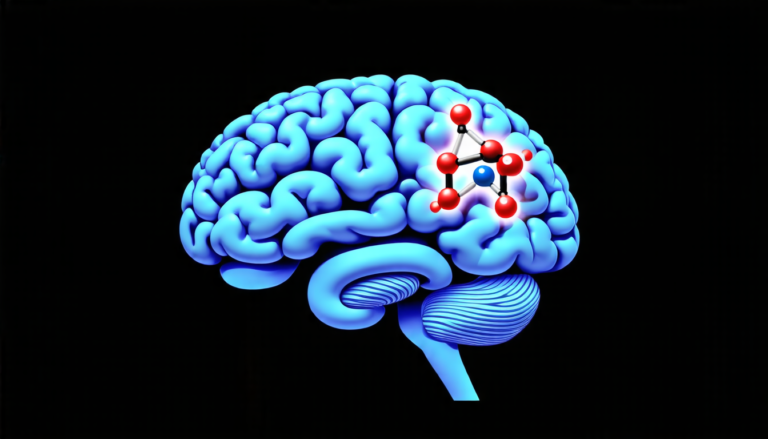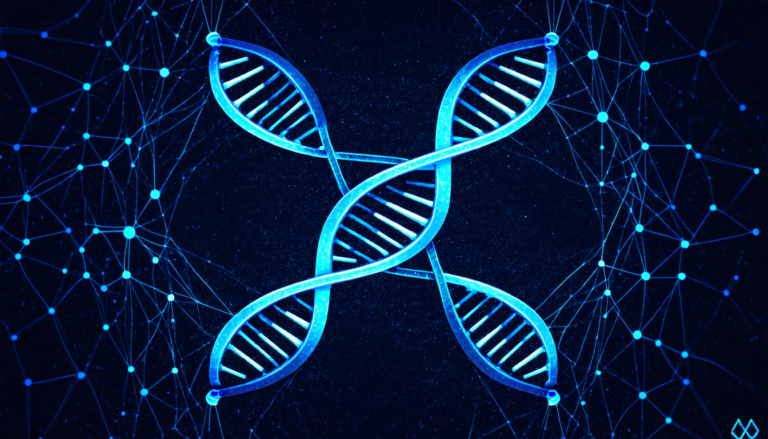Friday 01 August 2025
The field of structural biology has long been limited by the resolution and accuracy of its imaging techniques. Cryo-electron tomography (cryo-ET) has emerged as a powerful tool for studying the structural heterogeneity of proteins and their complexes, offering insights into macromolecular dynamics directly within cells.
Recent advances in computational methods have enabled researchers to resolve both discrete structural states and continuous conformational changes from 3D subtomograms and stacks of 2D particle images acquired across tilt-series. The development of novel workflows for particle classification and heterogeneous 3D reconstruction has allowed for the analysis of complex biological systems at unprecedented detail.
One major challenge in cryo-ET is resolving the structural variability of macromolecules within cells. Traditional methods rely on averaging multiple particles to obtain a single, averaged structure. However, this approach can mask important details about the dynamics and heterogeneity of the system. New techniques have emerged that enable the analysis of individual particles without averaging, providing valuable insights into the behavior of biological systems.
The use of machine learning frameworks has also played a crucial role in recent advances in cryo-ET. These algorithms can be used to identify patterns and relationships within large datasets, allowing researchers to better understand the complex interactions between proteins and their environments.
Cryo-ET has already provided significant insights into various biological processes, including protein folding, ribosome function, and the assembly of cellular structures. The technique has also been applied to the study of diseases such as cancer and Alzheimer’s, offering new avenues for the development of therapeutic strategies.
As cryo-ET continues to evolve, it is likely that we will see even more sophisticated applications of the technique in the future. The ability to analyze individual particles without averaging could revolutionize our understanding of biological systems, providing valuable insights into the behavior of proteins and their complexes within cells.
The use of machine learning algorithms has also opened up new possibilities for data analysis and interpretation. These techniques can help researchers identify patterns and relationships within large datasets, allowing them to better understand the complex interactions between proteins and their environments.
As we move forward with the development of cryo-ET, it is essential that we continue to push the boundaries of what is possible with this technique. The potential for discovery is vast, and the ability to analyze individual particles without averaging could lead to major breakthroughs in our understanding of biological systems.
Cite this article: “Unlocking Biological Secrets: Advances in Cryo-Electron Tomography”, The Science Archive, 2025.
Structural Biology, Cryo-Electron Tomography, Protein Dynamics, Machine Learning, Particle Classification, Heterogeneous Reconstruction, 3D Subtomograms, Cellular Structures, Biological Systems, Data Analysis.

